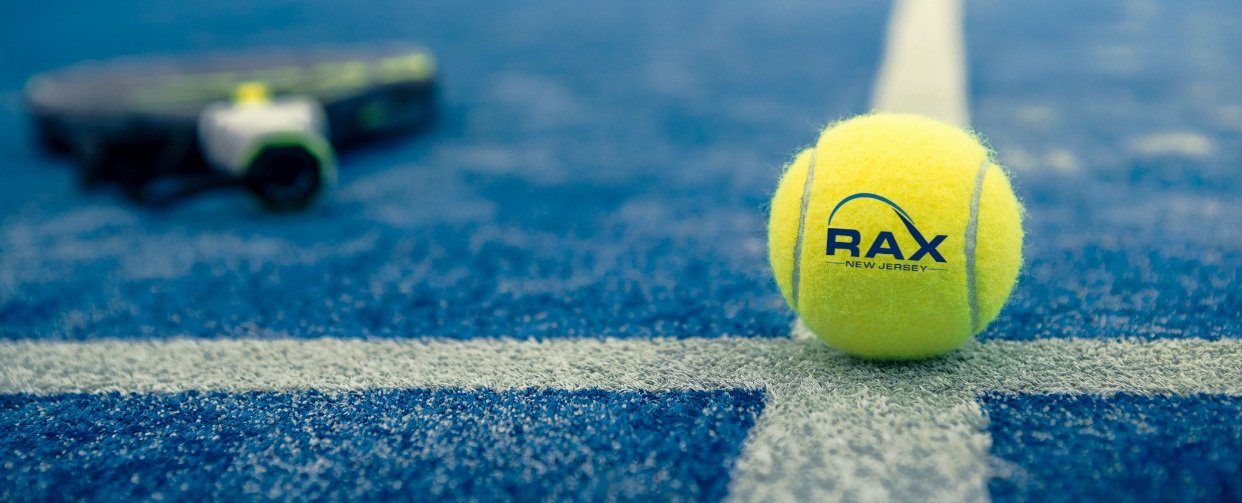
What Is Padel?
History
The sport is thought to have been invented in Acapulco, Mexico, by Enrique Corcuera in 1969, after he modified his squash court to incorporate elements of platform tennis. Initially, the walls and the surface were concrete. Spectators could not watch the game. Over time, glass walls and artificial turf replaced concrete.
Padel remained a niche sport for decades but its popularity soared during the COVID-19 pandemic as it could be played outdoors and didn't involve physical contact.
Padel was included in the 2023 European Games. The International Padel Federation (FIP) wants to have 75 national federations for padel to become an Olympic sport for the 2032 Summer Olympics.
Three padel courts can fit in one tennis court so many tennis clubs are converting tennis courts to padel courts as it is more profitable for business owners.
In 2023, Deloitte projected the number of padel courts to potentially reach 84,000 by 2026.
Rules
Padel court dimensions
Players: Doubles is the most common format, using a 10 by 20 metre court (32' 10" by 65' 7"). Singles uses a 6 by 20 metre (19' 8" by 65' 7") court instead.
Serves: Serves are always underarm and hit below waist level. Balls that hit the walls around the court after bouncing on the ground are still in play.
Balls: Padel balls are required in official matches; these are similar to tennis balls but are slightly smaller. Padel is usually played casually with regular tennis balls.
Rackets: Padel rackets are made of a composite material without strings. The hitting surface is perforated. The racket is similar to the one used in platform tennis but has its own specifications.
Court: The court has a floor made of concrete, plastic or artificial grass. It is designed similarly to a tennis court, only smaller — measuring 10×20 m, with a 0.88m (34.6 inch) high net in the middle. The court is surrounded by 4 metre high walls made of glass or brick, or a fence when outside.
Scoring
Padel follows the same scoring as the tennis scoring system with the following exception:
In the 2020 season, the World Padel Tour introduced the "Gold Point" or "Golden Point", a new scoring method for the main tournaments (Master Final, Master, Open and Challenger) organised by the Tour. This method of scoring has been widely adopted throughout non-professional tournaments as well.
The golden point in padel:
The golden point occurs when the score reaches deuce during any game.
The receiving team chooses whether the service will come from the right or left of the court.
The team that wins that one single point will win the game.
Court
The padel rules state that the playing field should be a rectangle 10 metres (32 ft 10 in) wide (back wall) and 20 metres (65 ft 7 in) long (side wall) (with a 0.5% tolerance), enclosed by walls. At the middle of the playing field there will be a net dividing the court in two, the net has a maximum height of 88 cm in the centre raising to 92 centimetres (36 in) at sides (with a 5-millimetre (1⁄5 in) tolerance).
The superstructure is made from connecting 3m high x 2m wide panels, with an additional 1m mesh height over the glass back walls (10m walls). This additional 1m height is continued for 2m from each corner over the side walls also. This means that the back walls and service corners are actually 4m in height, with the remaining side walls are 3m in height.
Glass panels make up the back walls and service side walls (closest 2 side panels to back walls), whilst metal mesh panels occupy the sides.
The service lines are placed 3 metres (9 ft 10 in) before the back wall and there will be also another line in middle that divides the central rectangle in half. All lines have a 5-centimetre (2 in) width and should be clearly visible.
The minimum height between the playing field and an obstacle (e.g. the ceiling) is 6 metres (19 ft 8 in).
Style
Padel tennis distinguishes itself not only through its gameplay but also through its unique style and atmosphere. Emerging from a blend of traditional tennis and squash, Padel offers a more relaxed and social environment compared to other racket sports. Unlike the formality often associated with tennis, Padel is characterised by its laid-back atmosphere, where players frequently enjoy casual wear and the presence of music on the courts. This casual ambiance contributes to the sport's growing popularity, attracting players of all ages and skill levels. The fast-paced nature of Padel, combined with its shorter court dimensions and the use of walls, fosters exciting and engaging gameplay, characterised by lengthy rallies and spirited crowd participation. The sport's allure lies not only in its accessibility but also in its ability to provide a fun and lively experience for players and spectators alike.
Sign up today!
Memberships are currently on sale!
